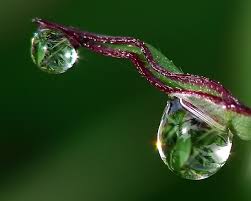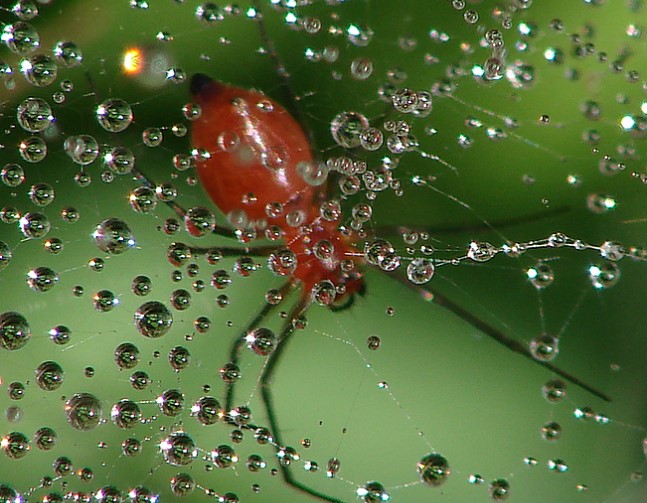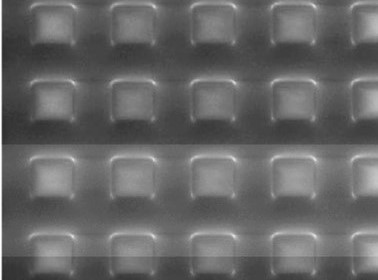Nature’s Raincoats

Bioinspired Surface Science
Many plants and animals have developed ways of ensuring they don’t get wet in rain. A close look at the leaves of plants shows that many are covered by waxy, microscopic bumps. Others are covered by mats of hair. A drop of rain on one of these leaves runs off easily, keeping the leaf dry. Tiny ratchets on butterfly wings direct raindrops away from the insect’s body, again acting as a raincoat. What these things have in common is that a property known as superhydrophobicity is used to create nature’s very own raincoats. We explain the origins of superhydrophobic and water-shedding surfaces in nature, and how humans can learn from the natural world to help the design artificial surfaces mimicking these effects. Possibilities for applications range from movement with reduced friction to self-drying fabrics.
Nature’s Raincoats is a public engagement collaboration between research groups in the United Kingdom at the University of Edinburgh, University of Northumbria at Newcastle, Nottingham Trent University, and the University of Oxford.
The collaboration originated as an exhibit for the Royal Society Summer Science Exhibition 2009, and has been seen at many exhibitions and public events subsequently.





